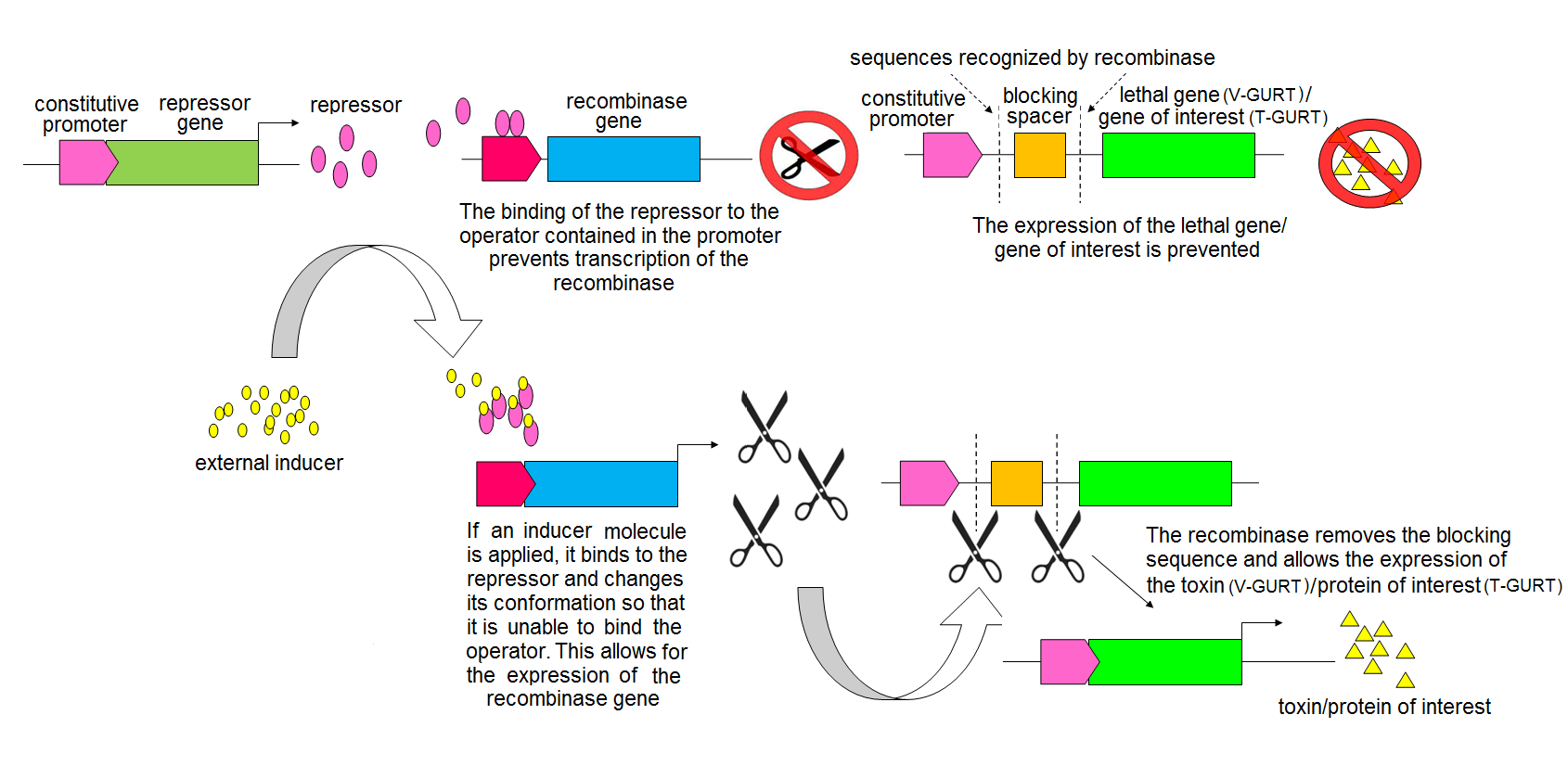1000/1000
Hot
Most Recent

Genetic use restriction technologies (GURTs), developed to secure return on investments through protection of plant varieties, are among the most controversial and opposed genetic engineering biotechnologies as they are perceived as a tool to force farmers to depend on multinational corporations’ seed monopolies. This led to a de facto global moratorium on this technology, which is still far from being withdrawn.
The term “Genetic Use Restriction Technologies” (GURTs) refers to a series of experimental methods aimed at restricting the unauthorized use of genetic material by controlling gene expression in genetically engineered (GE) plants. A schematic design provides the insertion of a “genetic switch” activated (or inactivated) by an external inducer (Figure 1) to prevent germination (Variety -V- GURTs) or, to turn on/off a value-added trait (Trait -T- GURTs).

Variety-GURT (also known as terminator technology) is designed to control plant fertility or seed development by causing second generation seeds to be sterile and allowing manufacturers to maintain their intellectual property rights and avoid concerns related to GM seed dispersal.
T-GURT allows to switch on or off a trait (such as herbicide/cold/drought/stress tolerance, pest resistance, germination, etc.) using inducible promoters regulating the expression of the transgene through induced gene silencing (e.g., by antisense suppression) or by excision of the transgene using a recombinase. In this case, the genetic modification is activated by a chemical treatment or by environmental factors such as heat , enabling farmers to maintain the value-added traits of seeds.
While patent holders considered GURTs as a “technology protection system,” public opinion, non-governmental organisations and smallholder farmers’ associations saw them as a disadvantageous and unethical mechanism to force farmers to purchase new seeds every year, preventing the practice of seed saving (also “brown-bagging”) estimated to account for between 15% and 20% of the world’s food supply involving 1.4 billion people. As a consequence of the strong protests all over the world, the CBD Decision V/5 section III of the Fifth Conference of world, the CBD Decision V/5 section III of the Fifth Conference of the Parties (COP5) held in Nairobi in June 2000 imposed a de facto global moratorium on this technology, ratified by specific national laws in India, Canada and Brazil. The moratorium was upheld in March 2006 during the eighth Ordinary Meeting of the Conference of the Parties (COP8) held in Curitiba, Brazil[1].
The principal complaint against GURTs is that farmers would be forced to buy seeds and the chemicals required to switch on the value-added trait each year, which could further impoverish poor farmers and would increase farmers’ dependence on multinational seed corporations. .